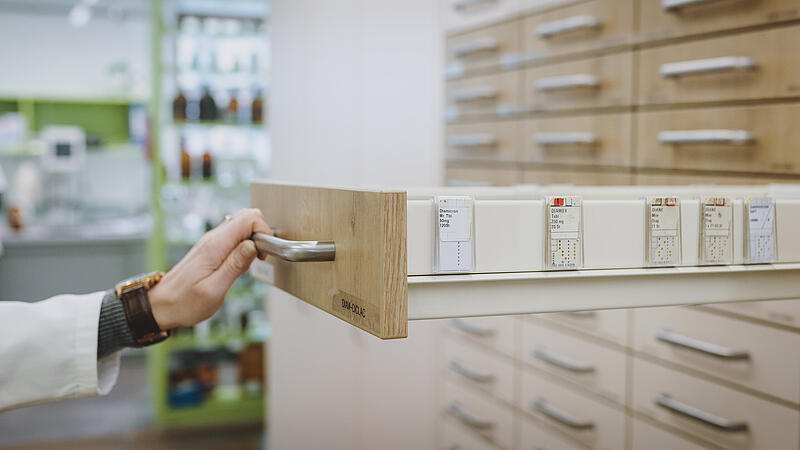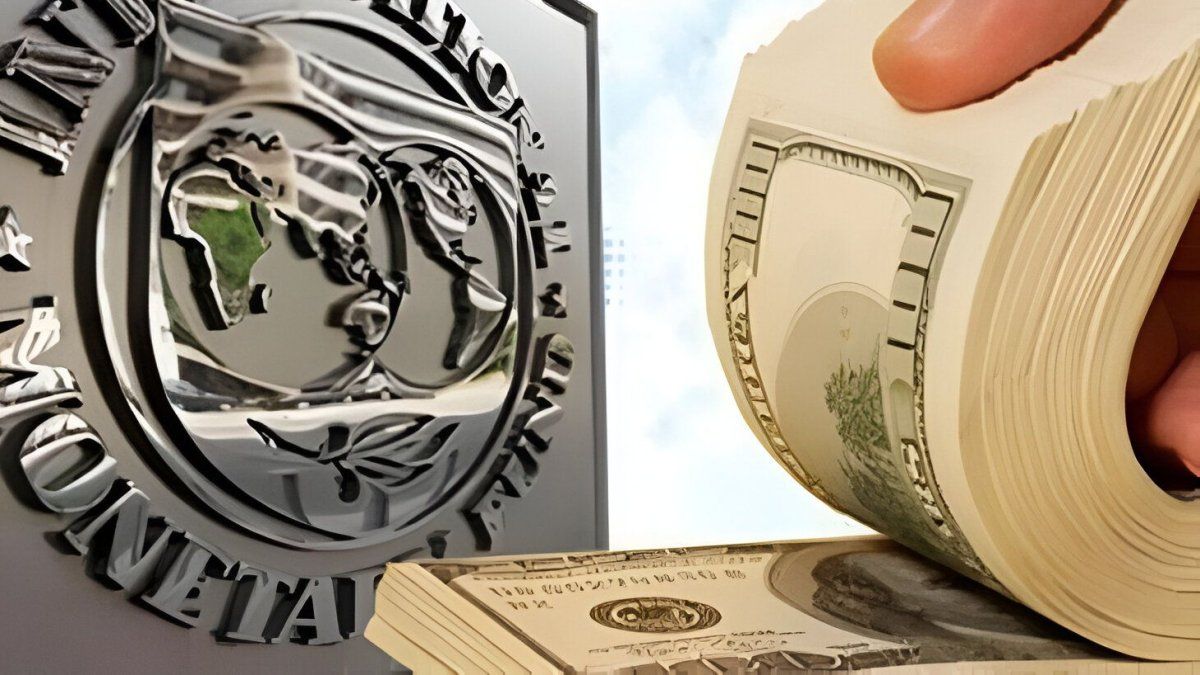Image: APA/EXPA/ STEFANIE OBERHAUSER
The EU is just beginning to harmonize rules and establish information platforms. In Austria, too, there is no system for quickly querying stock levels at pharmaceutical wholesalers and pharmacies, it was said on Friday evening at the celebratory congress of the Austrian Chamber of Pharmacists (75th anniversary) in Vienna. “Today we have 588 products in the register of supply bottlenecks. There is a parallel export ban for 360 medicines,” said Günter Waxenecker, the new head of the AGES medical market supervisory authority. 40 percent of these drugs relate to indications for the nervous system, such as classic painkillers. 28 percent of the medicines currently affected by bottlenecks are intended for the treatment of cardiovascular diseases (e.g. high blood pressure). 21 percent account for antibiotics etc.
The causes of the problems are manifold. In 2019, 40 percent of the world’s active pharmaceutical ingredients were sourced from China. For more than 50 percent of these substances there are only fewer than five production certificates. This means that production is concentrated in very few locations.
Production-related problems and additional requirements
According to surveys at European level, more than 60 percent of drug supply bottlenecks are caused by production-related problems. Then, for example, there is a sudden additional demand of 18 percent. While the manufacturers of imitation drugs, i.e. of so-called generic drugs after the patent of original drugs has expired, repeatedly emphasize how much money their use saves the health insurance companies, the price pressure evidently had negative effects on the security of supply here in particular. Waxenecker: “It tends to affect products that were first registered more than ten years ago.”
80 percent of drug supply bottlenecks in the EU could be alleviated if not eliminated by exchanging products between member states. But the data is missing. “There are no systems in Austria to query the stocks of (pharmaceutical; note) wholesalers and pharmacies. There is no information about the prescription practice in the established (doctor’s office; note) and in the hospital sector,” explained the expert. To his knowledge, this does not exist in any EU country.
With the new pharmaceutical legislation envisaged by the EU Commission, for which a proposal was recently presented, the information from the member states should at least be better harmonized and made more accessible. As a result, a routine, accompanying monitoring of the status of pharmaceutical supply in the EU could be developed from a precautionary system for major crises.
National warehousing required
However, it will probably not work in the future without national storage for critical medicines. “Since 2009, Finland has had medicines stored for a period of between three and ten months. This issue has not become a priority there,” said Waxenecker. A Dutch study found that storing medicines identified as important for four months of use would prevent 75 percent of shortages. With storage for five months, the success rate rose to 85 percent.
Despite all efforts, however, one thing should not be forgotten: According to the expert, at the turn of the year 2022/2023, an extremely large number of acute infectious diseases – due to a “catch-up effect” after the Covid 19 pandemic with lockdowns, mask requirements etc. – led to one sudden increase in the demand for antibiotics by a factor of four to five. This can hardly be counteracted and the question arises as to whether the diseases were really always bacterial infections for which antibiotic therapy may be indicated.
Source: Nachrichten




